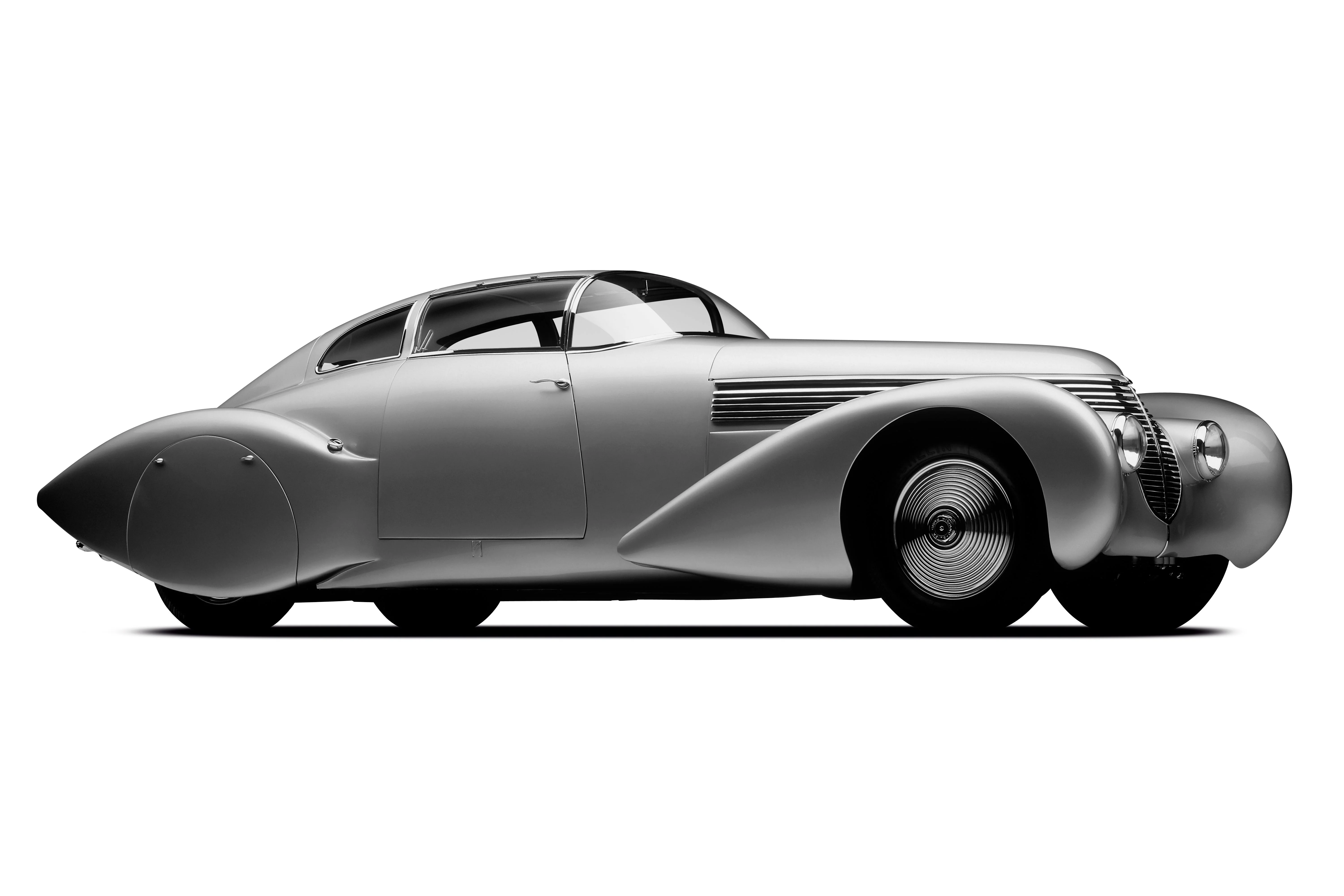The Nostalgia of Forgotten Gods: Hispano-Suiza, Spain, 1904-1938
27 April 2024 3 min read 4 images

Photo credit: Broad Arrow Auctions, Mullin Automotive Museum, Revs Institute, Wheelsage
Hispano-Suiza concentrated on the production of luxury cars since its inception in 1904, positioning itself as a competitor to Rolls-Royce and Isotta Fraschini. A key figure in the history of the Spanish brand is Marc Birkigt, a Swiss-born engineer who moved to Barcelona in 1899 to design electric vehicles. The idea failed and the company was bought by steel entrepreneur Damián Mateu that took over the shares, forming the Sociedad Anonima La Hispano-Suiza, a sort of joint stock company with several financiers. Birkigt maintained the role of technical director and under his leadership the brand presented in the first real Hispano-Suiza in 1904: the 20HP.
Register to unlock this article
Signing up is free and gives you access to hundreds of articles and additional benefits. See what’s included in your free membership. See what's included in your free membership.
Already have an account? Log In


